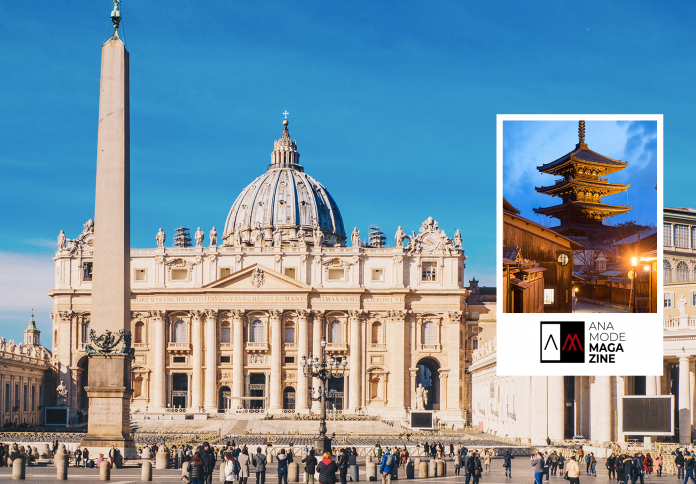Travel is not only a journey to explore majestic natural landscapes but also a precious opportunity to learn about the rich and ancient cultures of humanity. Prominent cultural destinations around the world offer profound experiences, where visitors not only see but also feel the depth of history, traditions, and national identity. In addition to architectural beauty, these destinations are also places that preserve immense spiritual values, ranging from religion, beliefs, to art and language. Exploring cultural destinations is essentially a journey to reconnect with the origins of great civilizations that have shaped and developed over thousands of years.
Kyoto, Japan: Intersection of tradition and modernity
Kyoto was the capital of Japan for over 1,000 years, from 794 to 1868. It is the birthplace of many traditional rituals, festivals, and arts such as tea ceremonies, ikebana (flower arrangement), noh (classical theater), and kimono. The ancient temple system that stretches across the city creates a tranquil, sacred atmosphere, especially in spring when cherry blossoms bloom or in autumn when the vibrant red leaves fill the temple grounds.
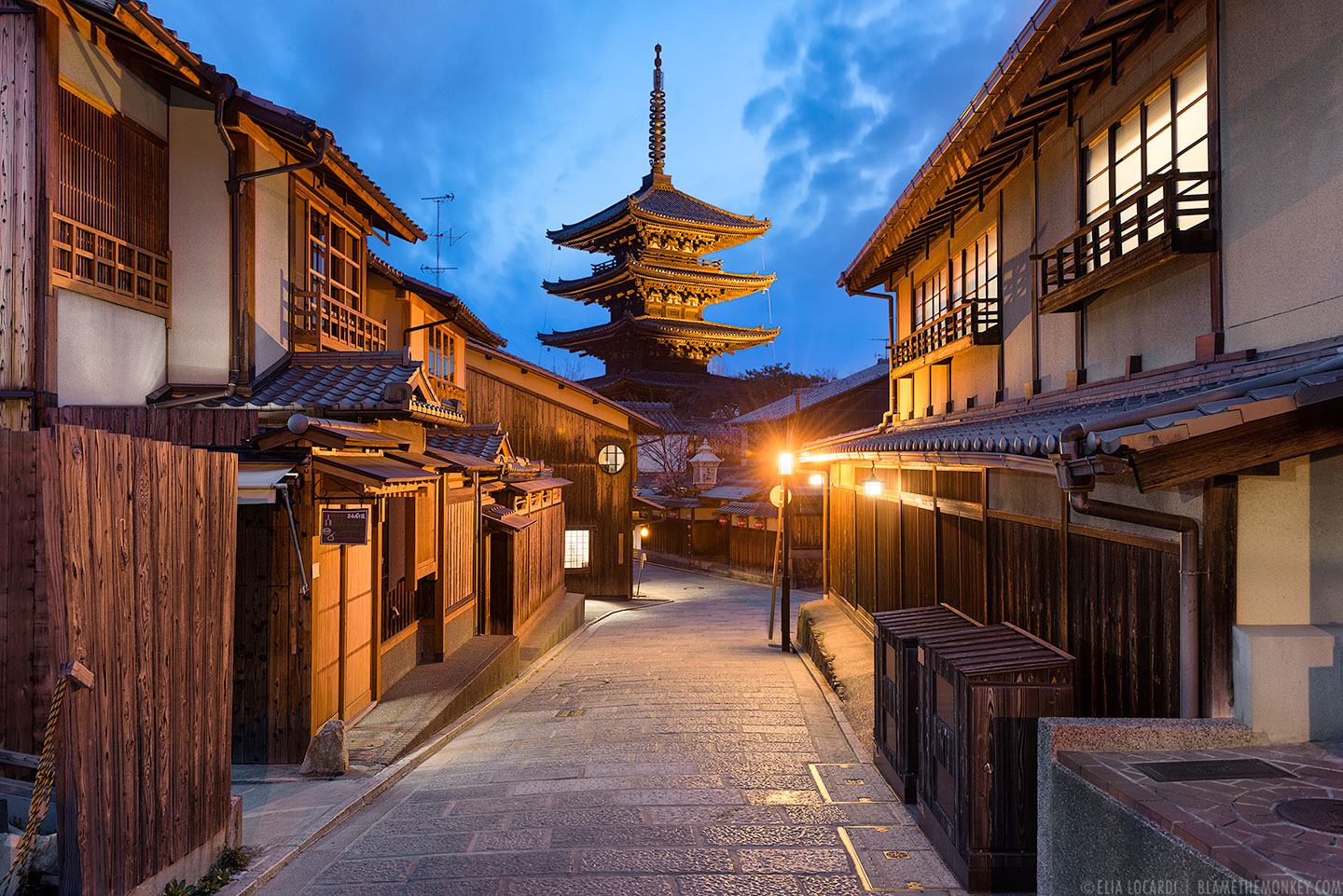
One of the must-see highlights is Ginkaku-ji (the Silver Pavilion), a symbol of the wabi-sabi philosophy, which embraces beauty in simplicity and imperfection. Alongside this, walking through the Arashiyama Bamboo Grove or strolling along the Philosopher’s Path offers visitors a chance to truly experience the tranquility and depth of the Japanese soul.
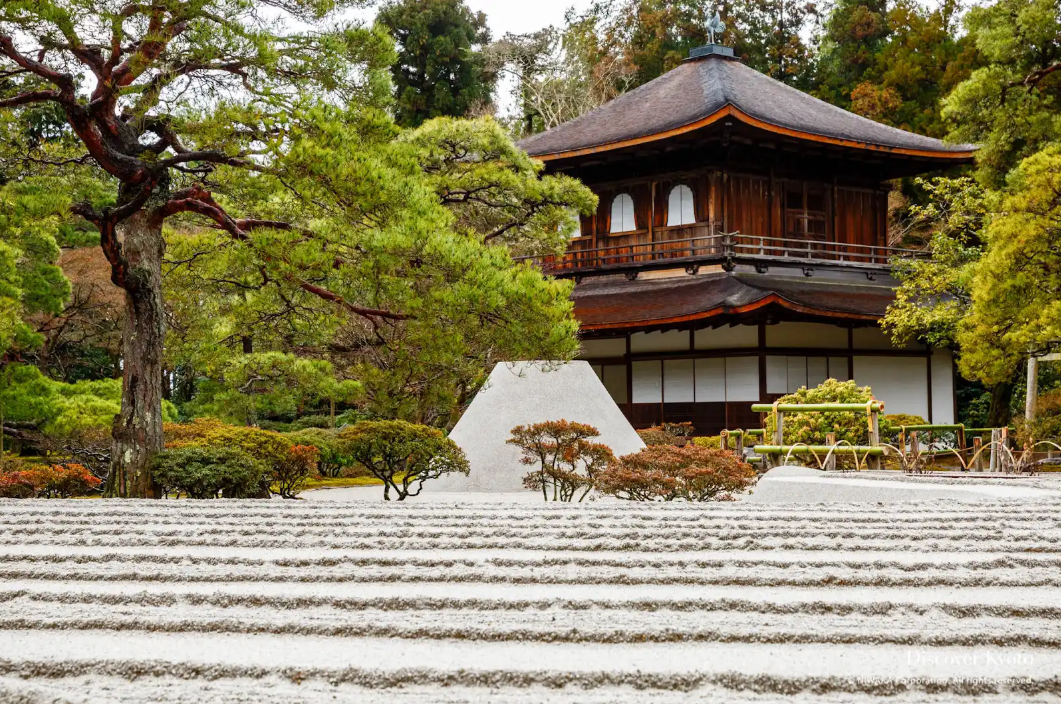
Kyoto is no exception to the modern development of the country, but its people have been very successful in preserving their traditional cultural identity alongside modernization. This makes Kyoto an ideal model for the fusion of the past and the present, a city where every corner tells a story of history.
 Rome, Italy: Eternal city hosting ancient treasures
Rome, Italy: Eternal city hosting ancient treasures
Rome is a crossroads of art, architecture, and faith. Known as the “Eternal City”, every step in Rome seems to take you through different historical periods. The Colosseum, where life-and-death gladiatorial battles once took place, is a clear testament to the strength and grandeur of the ancient Roman Empire. Not only is it a magnificent architectural feat, but the Colosseum also symbolizes power, spirit, and sacrifice.
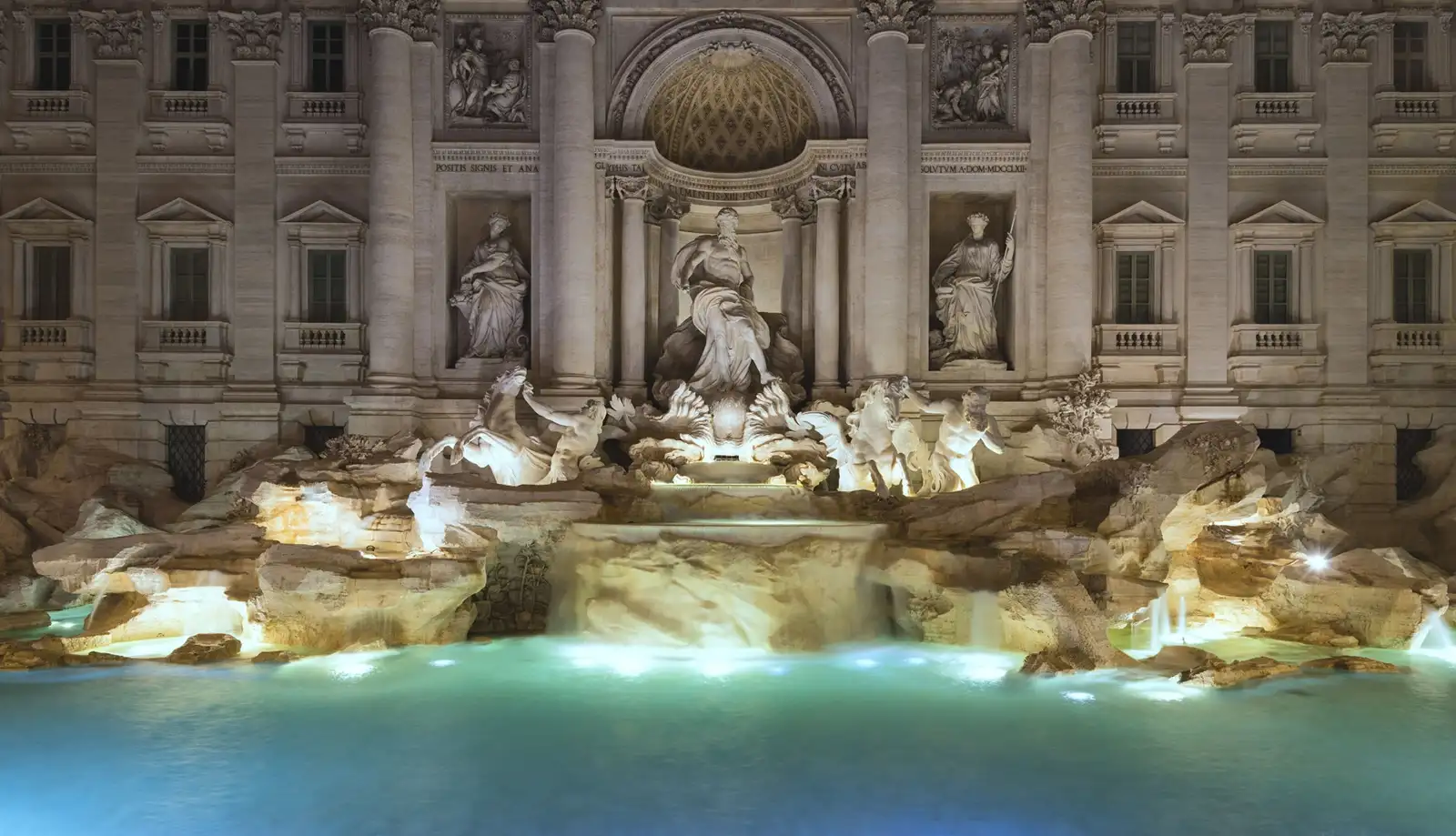 In addition to the Roman-era monuments, Rome stands out for its Renaissance and Baroque art. Piazza Navona, the Trevi Fountain, and St. Peter’s Basilica in Vatican City are architectural masterpieces that leave anyone in awe. In particular, the Vatican Museums and the Sistine Chapel, with Michelangelo’s iconic ceiling fresco, represent the pinnacle of world art.
In addition to the Roman-era monuments, Rome stands out for its Renaissance and Baroque art. Piazza Navona, the Trevi Fountain, and St. Peter’s Basilica in Vatican City are architectural masterpieces that leave anyone in awe. In particular, the Vatican Museums and the Sistine Chapel, with Michelangelo’s iconic ceiling fresco, represent the pinnacle of world art.
Visiting Rome is not just about tourism; it’s about living within history. The stories of Julius Caesar, Nero, and the Popes still resonate through every ancient stone. It is the perfect destination for those who love culture, art, and wish to gain a deeper understanding of Western civilization.
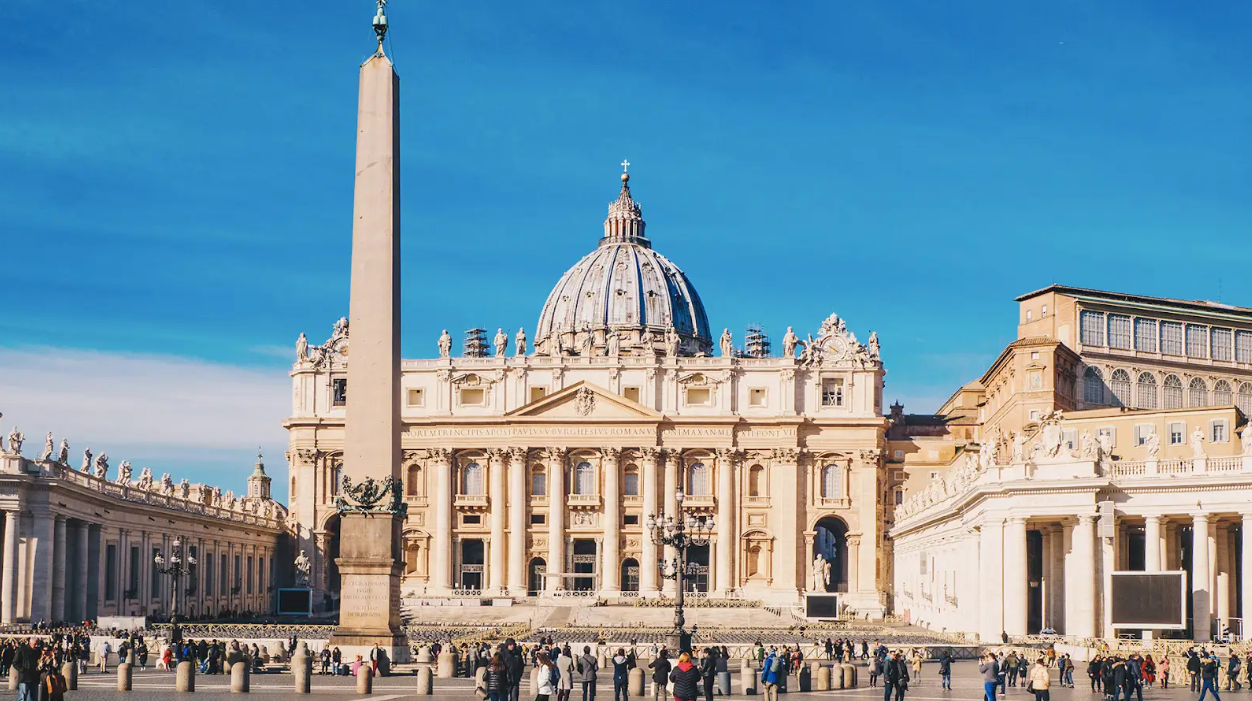 Cusco and Machu Picchu, Peru: Legacy of the Incas
Cusco and Machu Picchu, Peru: Legacy of the Incas
Located at an altitude of over 3,400 meters above sea level, Cusco is not only the gateway to Machu Picchu but also a city with unique architecture that blends Inca stonework with Spanish colonial structures. The cobblestone streets, charming small squares, and the San Pedro Church all clearly showcase the fusion of two once-opposing cultures.
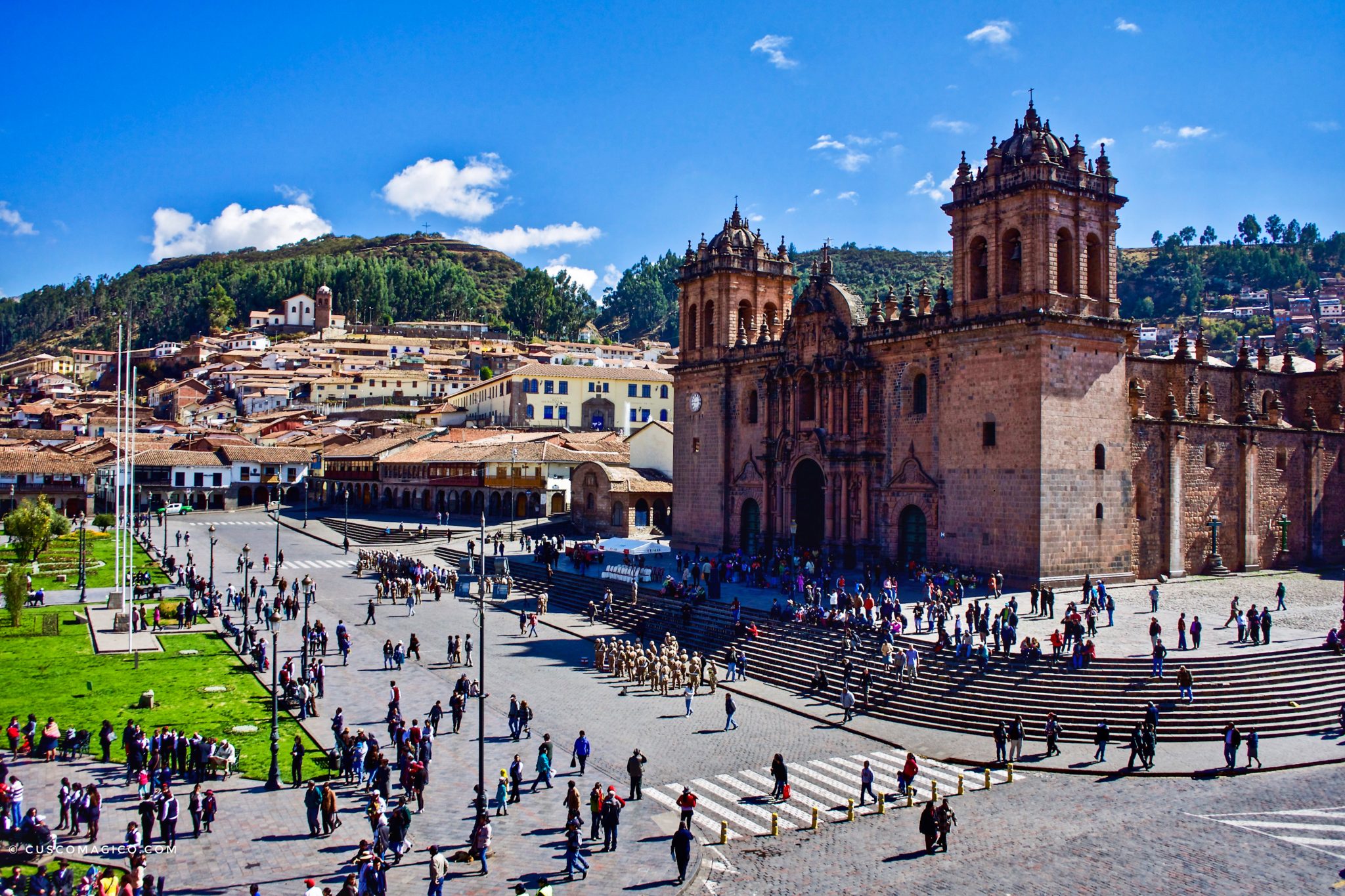 Machu Picchu, discovered in 1911, is one of the most significant archaeological discoveries of the 20th century. Nestled between lush green forests and mist-covered mountains, this structure was built entirely from stone without the need for mortar. To this day, the construction techniques of the Incas and the true purpose of Machu Picchu remain a mystery. Was it a ceremonial site, a royal retreat, or a spiritual center? The exact reason for its existence continues to intrigue researchers and visitors alike.
Machu Picchu, discovered in 1911, is one of the most significant archaeological discoveries of the 20th century. Nestled between lush green forests and mist-covered mountains, this structure was built entirely from stone without the need for mortar. To this day, the construction techniques of the Incas and the true purpose of Machu Picchu remain a mystery. Was it a ceremonial site, a royal retreat, or a spiritual center? The exact reason for its existence continues to intrigue researchers and visitors alike.
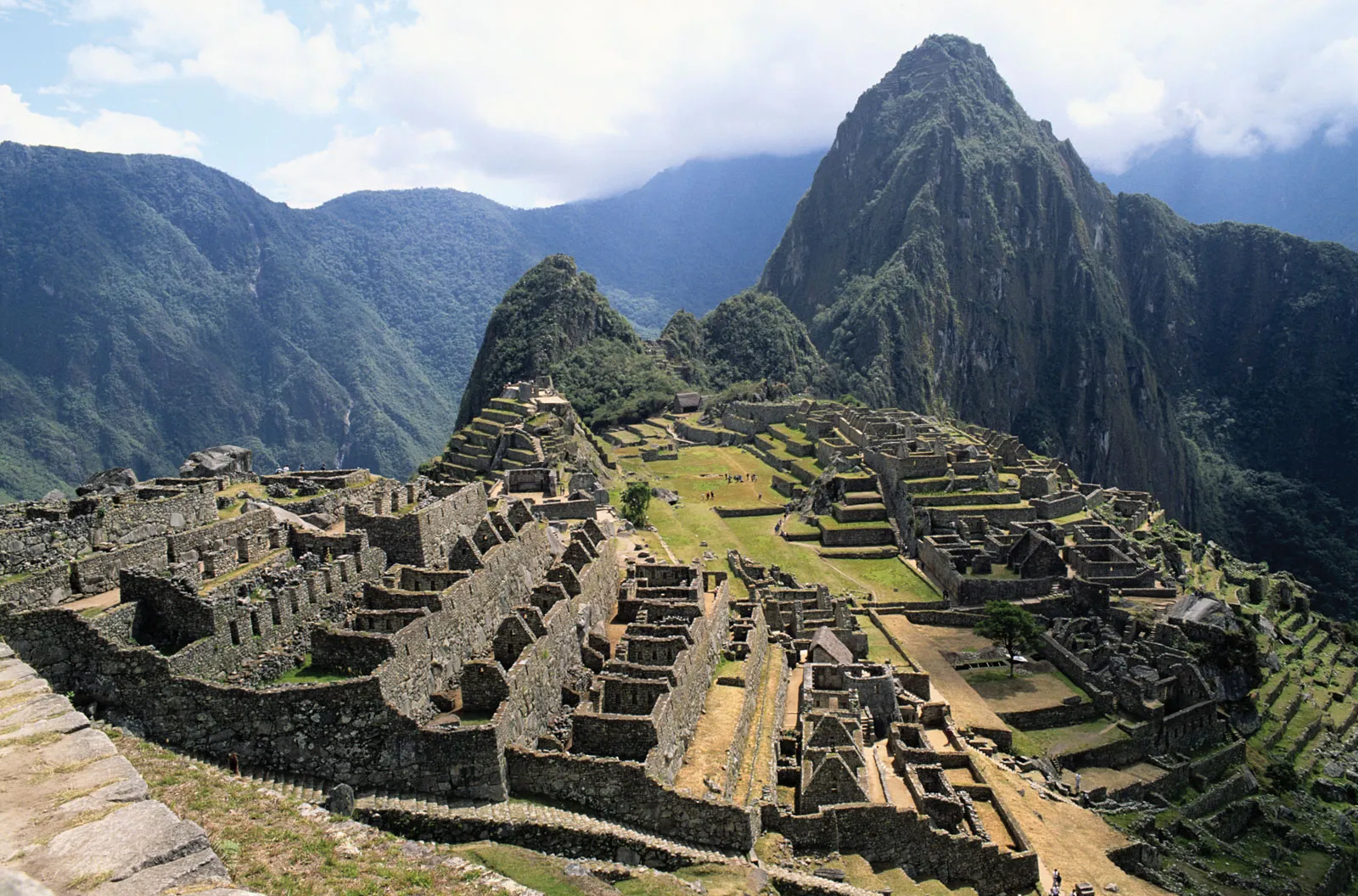 The journey to Machu Picchu is not easy, but its grandeur and mystery are well worth every effort. It is not just a tourist destination; it is a place that encourages visitors to reflect on humanity’s creativity in harmony with nature.
The journey to Machu Picchu is not easy, but its grandeur and mystery are well worth every effort. It is not just a tourist destination; it is a place that encourages visitors to reflect on humanity’s creativity in harmony with nature.
Jerusalem, Israel: Sacred intersection of three major religions
Jerusalem is one of the most historically complex and ancient cities in the world. It has endured dozens of wars, been destroyed and rebuilt many times, yet it continues to hold profound spiritual and cultural significance. For Jews, it is the foundation of the ancient Kingdom of Israel. For Christians, it is the site where Jesus Christ was crucified and resurrected. For Muslims, Jerusalem is the third holiest city after Mecca and Medina.
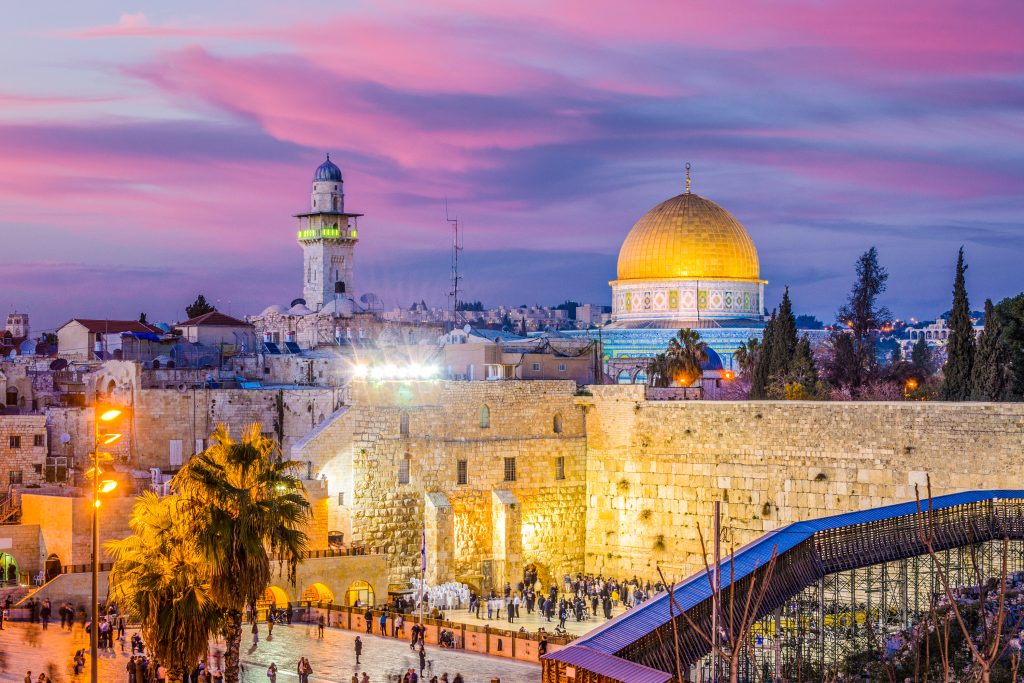
Famous landmarks such as the Old City, the Western Wall, the Church of the Holy Sepulchre, and the Dome of the Rock attract millions of pilgrims each year. Particularly, the Old City of Jerusalem, divided into four quarters—Jewish, Christian, Muslim, and Armenian—offers a vivid picture of both coexistence and conflict among religions.
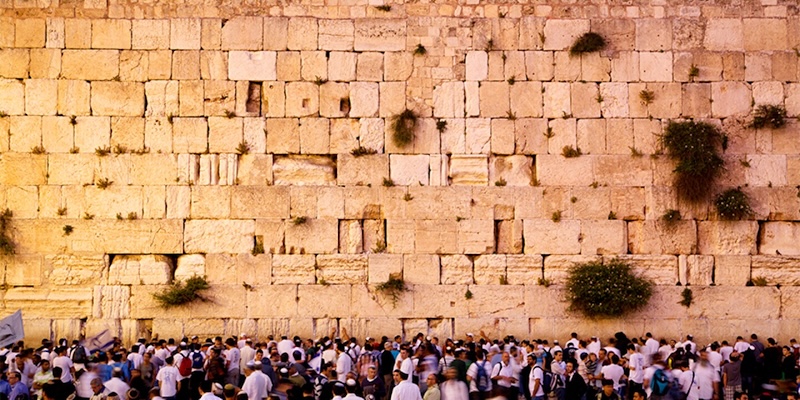 Although Jerusalem has always been the focal point of political and religious disputes, the city remains an emotionally charged destination for travelers from around the world. The sounds of prayer, the timeworn stone walls, and the golden sunlight filtering through the arches all evoke a sacred and unforgettable atmosphere.
Although Jerusalem has always been the focal point of political and religious disputes, the city remains an emotionally charged destination for travelers from around the world. The sounds of prayer, the timeworn stone walls, and the golden sunlight filtering through the arches all evoke a sacred and unforgettable atmosphere.
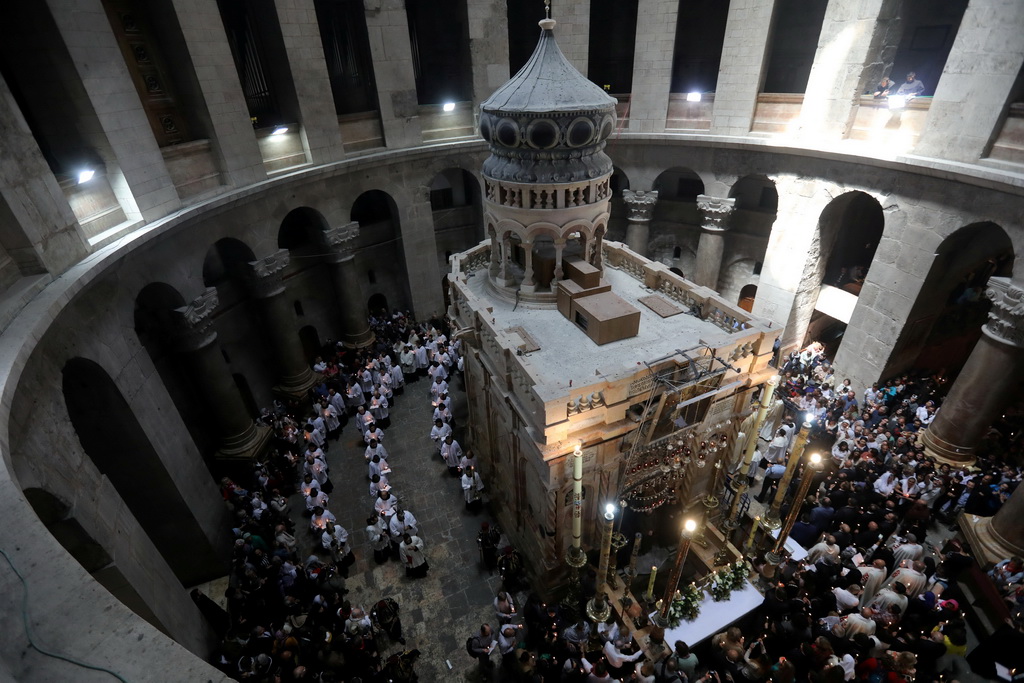 When visiting cultural destinations, travelers not only witness external beauty but also have the opportunity to learn about history, values, and timeless stories. Preserving and safeguarding cultural heritage is also about preserving the memories and identity of humanity. Through meaningful journeys, each of us can contribute to building a peaceful world, full of understanding and compassion.
When visiting cultural destinations, travelers not only witness external beauty but also have the opportunity to learn about history, values, and timeless stories. Preserving and safeguarding cultural heritage is also about preserving the memories and identity of humanity. Through meaningful journeys, each of us can contribute to building a peaceful world, full of understanding and compassion.
Wendy | Cameron Truong
